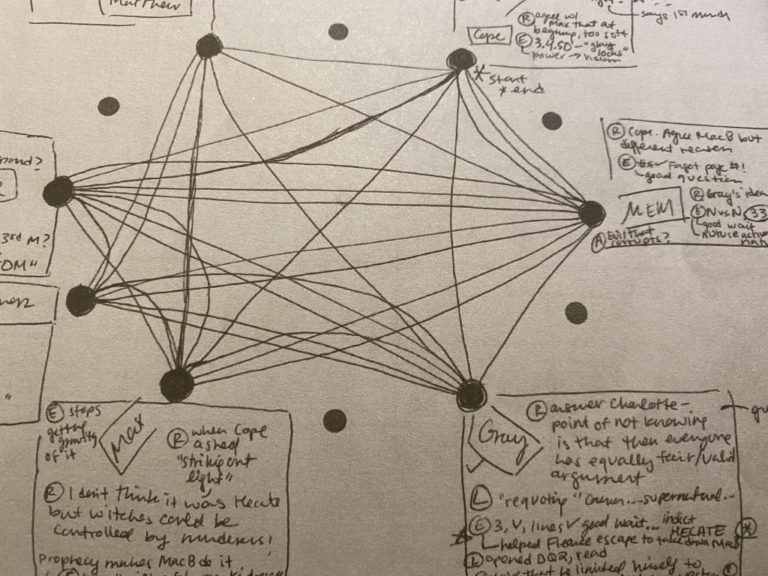Can Introverts Learn through Active Learning?
Footnotes posts summarize the newest research related to student-led discussion. Think of it as teacher-approved SparkNotes (with better citations) for papers published by top schools of education, research-based websites, and think tanks.
William C. Beckerson, Jennifer O. Anderson, John D. Perpich, and Debbie Yoder-Himes, “An Introvert’s Perspective: Analyzing the Impact of Active Learning on Multiple Levels of Class Social Personalities in an Upper Level Biology Course.” This study, published in the most recent issue of the Journal of College Science Teaching, shows statistically significant differences in learning outcomes for students with different personality types when they learned using active learning techniques. Because so much research supports overall improved outcomes when classrooms incorporate active learning approaches, many schools — like the University of Louisville, where the study took place — have built devoted spaces to accommodate more varied and vocal classroom work. Though taxonomizing students by “Big Five” personality characteristics could seem arbitrary, and though the interventions in the study took place in the science classroom, the study’s findings are useful and provide insight into relevant questions around active and student-centered learning at the secondary level.
Perhaps unsurprisingly, introverts didn’t fare well with more passive learning; in fact, they routinely scored higher on exam sections taught in a passive setting than they did in the active setting. The reverse, again unsurprisingly, was true for more extroverted students. The researchers importantly note that the introverted self-reported greater enjoyment of passive learning environments, while extroverts reported the opposite. While the researchers suggested that active learning should remain a mainstay of classrooms largely to teach less socially-inclined students the necessary skills for their future careers, their work leaves space for more far-reaching implementation. For example, just as lecture learning and notetaking skills must be taught, are active learning skills also essential to not only expect, but also teach? We like this article for its consideration — new in the research — of differential effects of active and student-centered environments on students with different approaches, and for the way in which it crystallizes understood differences in students’ differential receptions of active learning into solid data.






